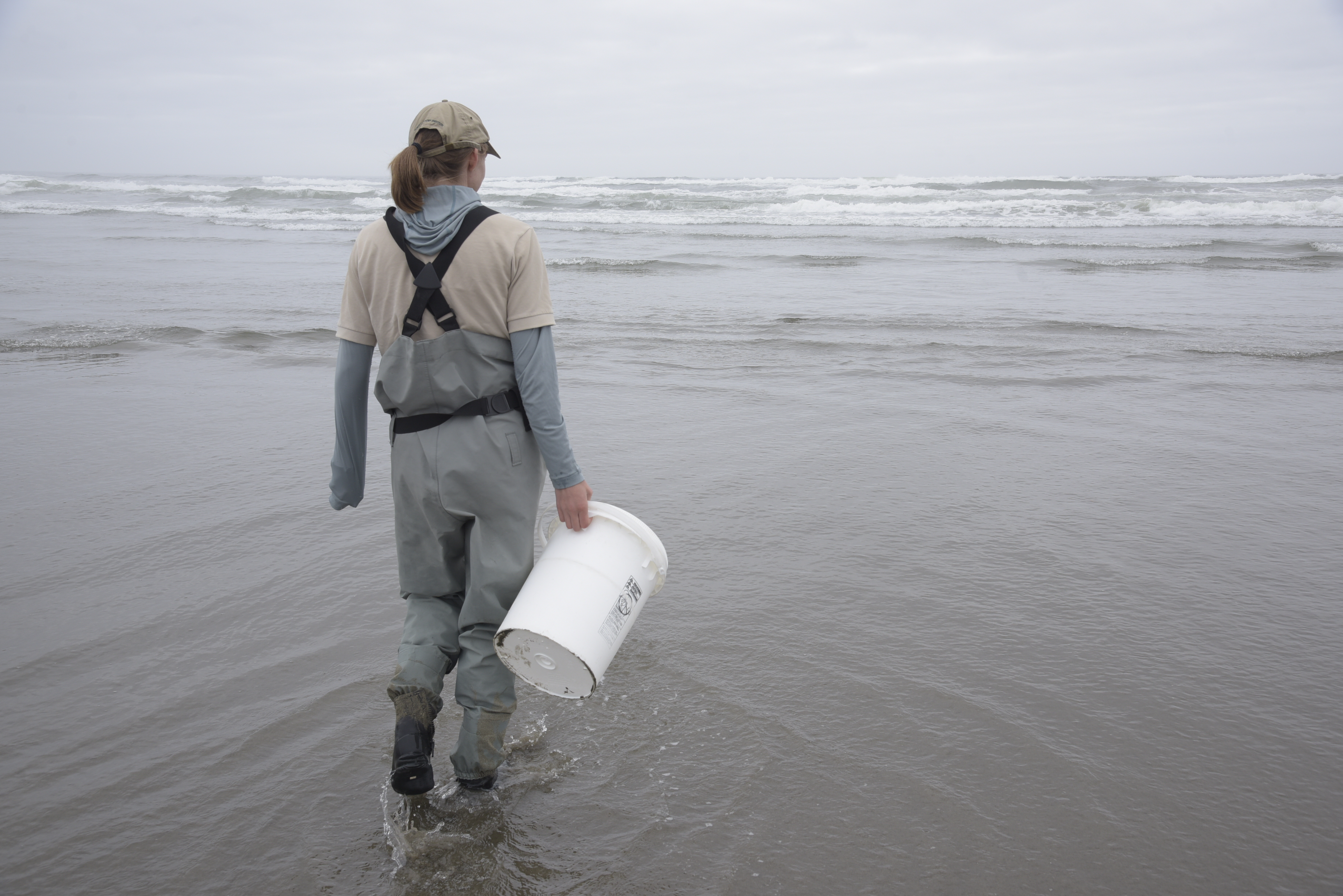Guest Column: Oregon’s virus message misses mark
Published 12:30 am Tuesday, November 24, 2020

- Dick Hughes
As Gov. Kate Brown announced her latest COVID-19 restrictions on businesses and social gatherings, one of the state’s top doctors offered this advice: Learn how to cook your grandmother’s stuffing recipe through using Zoom instead of looking over her shoulder.
Trending
It was a rare moment of humanity, underscoring how Thanksgiving 2020 will be very different so Oregon can thwart the spread of the coronavirus.
COVID-19 cases and hospitalizations have shot up recently. In response, Brown ordered Oregonians — at least until Dec. 2 — to stay away from gyms and fitness centers, only patronize eateries though takeout or delivery, up their usage of face coverings, gather with only a handful of other folks at Thanksgiving, and more. The governor slightly tempered those restrictions by subsequently offering $55 million in aid for hard-hit businesses.
But Oregonians can handle only so many reiterations of, “We’re all in this together,” “I know Oregonians already have made tremendous sacrifices,” “The virus sets the timeline” and “Masks save lives” before those statements lose their impact. Oregonians passed that point months ago.
Trending
State-sponsored surveys conducted at the end of summer confirmed the obvious: Oregonians’ concerns about coronavirus, and their willingness to follow the health protocols, vary by such factors as their political affiliation and where they live. But you wouldn’t know that from the state’s communications strategy.
This downfall is not unique to Oregon. The Institute for Rural Journalism and Community Issues shared this insight from the work of two public health professors at the University of Arkansas: “Poorly tailored public health messaging could play a role in lower rural mask-wearing rates.”
The institute noted: “The coronavirus pandemic is disproportionately hitting rural America, where the population is older, sicker and at a greater risk of poor outcomes from the infection. The Centers for Disease Control and Prevention recommends wearing a face mask to reduce disease transmission, but rural residents are less likely than the general populace to do it.”
A mantra of any marketing campaign — remember, public health awareness is marketing — is to know your target audience and understand what moves that audience. Yet Oregon continues to fall for the one-size-fits-all approach.
The public awareness campaign that Brown announced Thursday offers more of the same. Developed by the Portland-based ad agency Wieden+Kennedy, the statewide campaign apparently will repeat the strategy of hitting people over the head instead of connecting with them. A sample ad: “Don’t Bring COVID home for the holidays. Masks save lives.”
State officials seemingly have done little to customize their messaging so it resonates with people of all beliefs and backgrounds. Along with those ad campaigns, they have employed media availabilities where Brown, doctors and others read prepared statements in which they A) stress the need to follow the coronavirus protocols and B) say they recognize Oregonians’ pain.
Such presentations do not inspire.
They have value in getting the word out to news media. However, they do nothing to sway people who have little faith in the governor or state government. From their standpoint, Brown has offered words but not evidence that she empathizes. After all, she and her compatriots have not lost their jobs due to COVID-19 restrictions. She lives in state-provided housing and need not worry about where she’ll find shelter once the eviction moratoriums end. Neither does her livelihood depend on collecting rent from those tenants unable to pay. Nor does she operate a business that’s barely hanging on — if that — because of the coronavirus restrictions.
The people living those lives are the ones who can influence others. They are the E.F. Huttons of today. People listen to them. They are the ones to enlist in helping change behavior. (For anyone who is unfamiliar with this cultural reference, the old brokerage firm was famed for its tagline, “When E.F. Hutton talks, people listen.”)
Trust in traditional institutions has long been waning. Once the pandemic came to Oregon, the state needed to work much more closely with communities to identify the local influencers — the individuals and organizations whom residents respect and trust, the people to whom others would listen. These might or might not be elected officials, school officials, prominent civic leaders, etc. They more often might be people less in the limelight — clergy, youth leaders, coaches, revered volunteers or owners of neighborhood gathering spots. Such individuals have their own connections and followings, whether through formal organizations or informal conversations, emails, social media and the like.
They are the ones to carry the coronavirus-safety campaign where the governor and her colleagues cannot.
Such influencers are not a new phenomenon. Long before social media was a thing, I knew a guy who had amassed an email list exceeding 3,000 names, to whom he sent his recommendations on political candidates and elections. He operated out of the public eye, yet had amassed substantial influence.
This is a corollary to grassroots politics. The late U.S. Sen. Mark O. Hatfield understood that. The grassroots organizations he built and maintained in all 36 counties were essential to his election victories. That concept remains intact though its strategies have evolved. People today are more inclined to heed an endorsement from someone they know personally than a political elite they don’t.
In short, COVID-19 in Oregon is a public health crisis made worse by a communications crisis.









